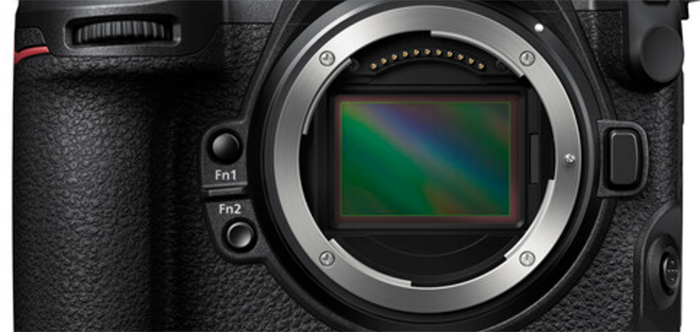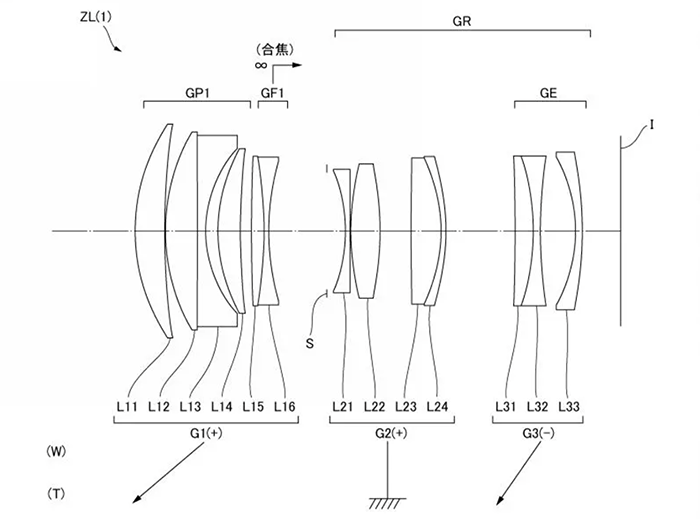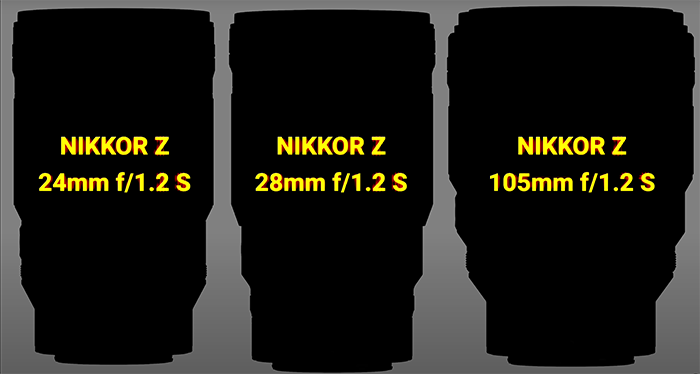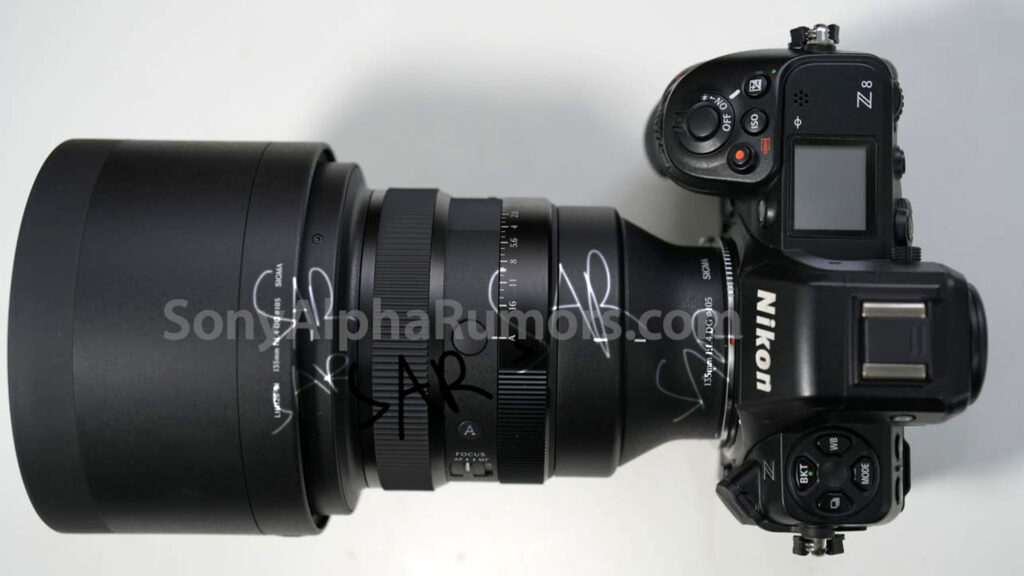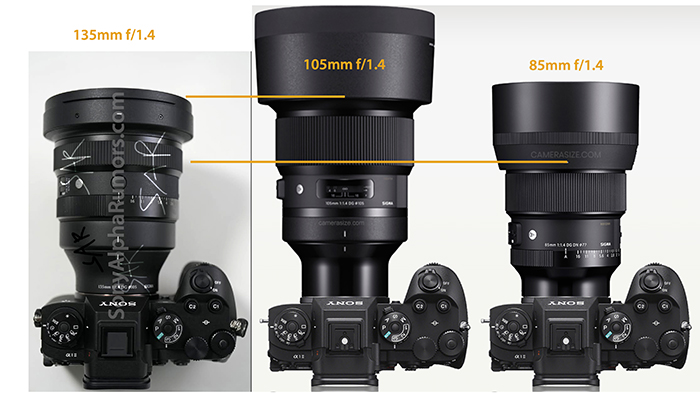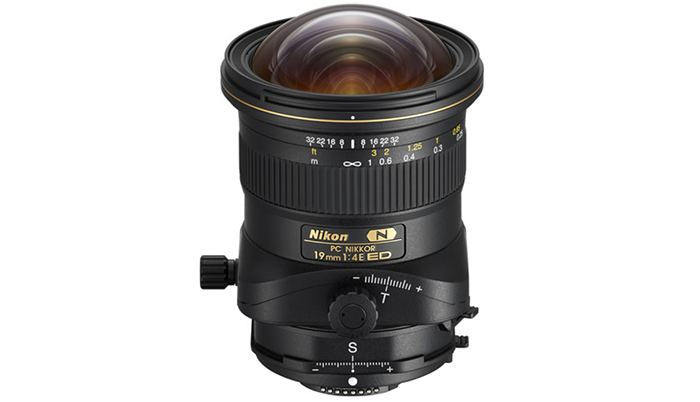
Based on a mix of rumors and good guess this is what the Nikon Z9II could be when announced in 2025:
Nikon’s Future Z9II: What to Expect from the Next Flagship Mirrorless Camera
Nikon has been making waves in the professional camera market since the release of the Z9, its groundbreaking flagship mirrorless camera. Combining cutting-edge technology, robust build quality, and professional-grade features, the Z9 set a new benchmark for the industry. However, as competitors continue to push boundaries, all eyes are on Nikon’s next big release—the Nikon Z9II. Here’s what we might expect from the successor to this flagship model, based on market trends, Nikon’s strategy, and user demands.
Enhanced Sensor Technology
One of the standout features of the Z9 was its 45.7MP stacked CMOS sensor, offering exceptional speed and image quality. For the Z9II, Nikon may aim to improve resolution without sacrificing speed. Industry speculation suggests we could see a new sensor with up to 61MP, rivaling Sony’s high-resolution A7R series while maintaining the speed and efficiency needed for sports and wildlife photography.
Alternatively, Nikon might focus on improved dynamic range and low-light performance through advanced sensor technology, such as backside illumination (BSI) or even global shutter implementation, which could eliminate rolling shutter issues entirely.
Next-Generation EXPEED Processor
The Z9’s EXPEED 7 processor was a game-changer, enabling 8K video recording, impressive autofocus performance, and real-time processing. The Z9II is likely to feature the next-generation EXPEED 8 processor, bringing faster data handling, enhanced burst rates, and even more advanced computational photography features. This upgrade could also improve energy efficiency, potentially extending battery life.
Autofocus Refinements
Nikon’s autofocus system in the Z9 received widespread praise for its speed and accuracy, particularly in tracking moving subjects. For the Z9II, Nikon may introduce:
• Expanded subject detection capabilities, such as enhanced animal eye detection or tracking for smaller, fast-moving objects.
• Improved AI-driven autofocus algorithms, ensuring near-flawless performance in complex shooting scenarios.
• More focus points, potentially covering the entire frame, for unparalleled compositional freedom.
Video Capabilities
The Z9 made a bold statement with its 8K 60p RAW video recording capabilities. The Z9II could take this even further by:
• Offering 8K at higher frame rates (e.g., 120p), providing smoother footage for cinematic production.
• Introducing internal 10-bit 4K 240p recording for slow-motion enthusiasts.
• Improved heat dissipation, allowing extended recording times for professional videographers.
Additionally, Nikon may explore real-time LUT application and improved codec options like ProRes RAW or even 12-bit N-RAW for unmatched post-production flexibility.
Design and Build
The Z9’s body was robust, weather-sealed, and designed for professional use. The Z9II is expected to retain this durability while possibly:
• Reducing weight slightly through the use of advanced materials like magnesium-lithium alloys.
• Enhancing ergonomics, particularly for prolonged handheld use.
• Adding a tiltable and fully articulating screen for greater versatility in shooting angles.
Connectivity and Storage
The Z9 set a high standard with its dual CFexpress Type B card slots and extensive connectivity options. For the Z9II, Nikon could:
• Incorporate dual CFexpress Type B/SD hybrid slots, appealing to a broader range of users.
• Expand wireless capabilities with 5G connectivity for seamless on-the-go uploads and remote shooting.
• Introduce advanced tethering options for studio photographers.
Battery Life and Power Options
With the Z9II potentially consuming more power due to enhanced features, Nikon might include:
• Improved battery efficiency, possibly through a more energy-efficient processor.
• Support for USB-C Power Delivery charging, enabling faster and more versatile charging options.
Price and Release Date
Given Nikon’s typical release cycle and the increasing competition from Sony’s A1II and Canon R1r (High resolution model), the Z9II might arrive in early 2025. Pricing is expected to remain in the premium range, likely around $5,500–$6,000, positioning it as a tool for professional photographers and videographers.
Conclusion
The Nikon Z9II has the potential to build on the immense success of the Z9 by introducing significant upgrades in resolution, speed, and functionality. With competitors like Sony and Canon constantly pushing the envelope, Nikon must continue innovating to solidify its position in the professional market. The Z9II could very well be a game-changer, offering professionals the ultimate tool to bring their creative visions to life.
